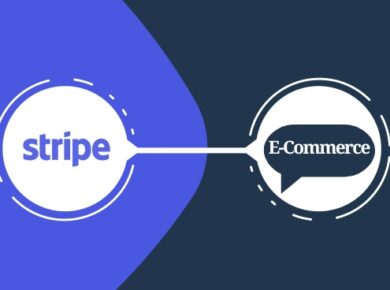When building applications, you often need to store extra information about users, such as their preferences, roles, or external account IDs. Clerk, a powerful authentication and user management solution, allows you to easily manage and update user metadata, which can either be public (visible to users) or private (only accessible on the server). In this blog post, we will explore how to update user metadata using Clerk in a Next.js application.
Before starting, we also like to share that we provide various services. For more details visit 3Zero Digital
Why Use Metadata?
Metadata is helpful for many things, like:
- Storing preferences: Keep track of user choices (e.g., dark mode, language).
- Managing roles: Set user roles (e.g., admin, editor, user).
- Linking external accounts: Connect user accounts with other services (e.g., Swell, Stripe).
Example: Linking a Swell Account
Let’s use Clerk with Swell. When a user logs into your app, we’ll also log them into their Swell account. We’ll store their Swell account ID in Clerk’s private metadata. This way, you can easily find their Swell account later.
Updating Metadata: Step-by-Step Guide
Let’s create a server-side route (e.g., /api/update-metadata) that updates the user metadata after logging into a Swell account.
import { NextResponse } from 'next/server';
import { clerkClient, currentUser } from '@clerk/nextjs/server';
import { loginWithToken } from '@/lib/swell/account';
export async function POST() {
// Get the current logged-in Clerk user
const user = await currentUser();
// If the user is not authenticated, return an error response
if (!user) {
return NextResponse.json(
{ error: 'You are not authorized' },
{
status: 401,
},
);
}
// Login the user to Swell using their email and get their Swell account ID
const swellRes = await loginWithToken(user?.emailAddresses[0].emailAddress!);
// Update Clerk's private metadata with the Swell account ID
await clerkClient.users.updateUserMetadata(user.id!, {
privateMetadata: {
swellAccountId: swellRes.id!, // Store Swell account ID in private metadata
},
});
// Return a success response
return NextResponse.json({ success: true });
}
Here’s an explanation of the code:
- Get the Current User: We use the
currentUser()function to retrieve the currently logged-in user. This function ensures we have access to the user’s data. - Login to Swell: The
loginWithTokenfunction logs in the user to the Swell platform using their email address and returns a Swell account object. - Update Metadata: Once we receive the Swell account ID, we update Clerk’s private metadata using
clerkClient().users.updateUserMetadata()to store theswellAccountId. - Return Success: Finally, we return a JSON response indicating the operation was successful.
Using the Updated Metadata
Once the Swell account ID is stored in Clerk’s metadata, you can retrieve it whenever needed. Here’s how:
const user = await currentUser();
const swellAccountId = user.privateMetadata?.swellAccountId;
This approach allows your app to seamlessly link users to their external accounts and store relevant information securely.
Use Cases for Clerk Metadata
Clerk metadata has many uses. Here are a few:
- Store user choices: Keep track of dark mode, language, and other user settings.
- Manage user roles: Set roles like “admin” or “editor” to control app access.
- Link external accounts: Store Stripe or Swell account IDs to connect users with other services.
Conclusion
Clerk makes it easy to update metadata in your Next.js app. It’s great for storing user preferences, roles, and linking external accounts. Clerk’s metadata system is safe and helps you manage your app’s user data. Use Clerk to provide a great user experience while keeping important information organized. Try public and private metadata to see what works best for your app. Let Clerk handle user management!
Further Reading:
Happy coding!
For more blogs like this try visiting blog.3zerodigital
Thank You.





